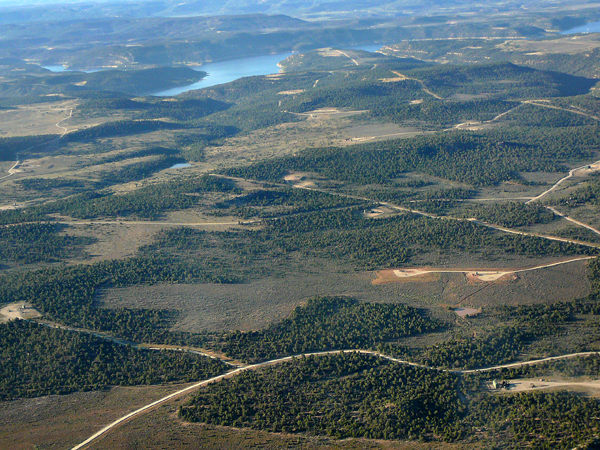Blog: Forging ahead after the midterms
We will work to strengthen the priority of access for sportsmen, sportswomen, recreationists and traditional land users by speaking out about our historical and contemporary connections to public lands.
There has been a lot of discussion about what the outcome of the elections could mean for just about every issue. When it comes to protecting public lands, one thing is clear; guaranteeing that future generations have access and can enjoy the outdoors in the way we have done should never be a partisan issue. Regardless of the elections, much can still be done through executive and regulatory actions to conserve public lands that are important to our communities and heritage.
In fact, HECHO has been calling and will continue call upon the Department of the Interior and Bureau of Land Management, regardless of who’s in office, to implement “smart from the start” planning processes on our public lands. Encapsulated in Master Leasing Plans, the planning processes would allow communities to speak up for public lands that are important to them. For the sportsmen, sportswomen, and recreationists of HECHO, this would mean the opportunity to protect the lands that we have enjoyed for generations from oil and gas development. We are encouraged that the BLM intends to complete a Master leasing plan for South Park, Colorado, where water, wildlife and recreational resources need protection. Two great examples where the BLM could also implement Master Leasing Plans today include:
San Juan Basin, NM, where checkerboard oil and gas development threatens wildlife corridors, habitat integrity and night skies;
Rio Arriba region, where diverse wildlife populations and healthy watersheds and Latino communities can be harmed by new development;
Looking back at the elections earlier this month, many positive indicators indicated broad support for conservation throughout the country:
Floridians, despite one of the closest gubernatorial races in the country, overwhelmingly approved the largest land conservation amendment in a single state in history by dedicating $18 billion over the next 20 years, with roughly half marked for new land conservation and investments in the Everglades.
New Jersey voters approved 65%-35% a measure to dedicate $2.15 billion for land conservation, funded by corporate business taxes collected by the state.
California voters dedicated $1.5 billion for land conservation, for the first time since 2006.
In Maine, an infrastructure measure includes protection for water resources, for fisheries and habitat for aquatic animals and birds.
In Bernalillo County, New Mexico, where Albuquerque is located, voters approved 3 to 1 a measure to continue funding open space and natural areas.
Missoula County, Montana voters approved to expand trails throughout the county.
Colorado’s Larimer County voters, by a margin of 81% - 19%, protected natural areas, open spaces, and rivers.
Beyond this recent, broad support by voters for conservation protections, we know that support for conservation is especially strong within Latino communities. A Latino Decisions poll of Latino voters in Colorado and New Mexico found that 93% of respondents from all parties agree with the need for government to protect public lands. Accordingly, HECHO will continue to support executive land protection actions such as new national monument designations through the Antiquities Act. We applaud the executive actions taken to conserve the Rio Grande del Norte National Monument last year and Organ Mountains-Desert Peaks and San Gabriel Mountains National Monuments earlier this year.
At the core of public lands are people who have, for generations, depended upon these lands for sustenance, recreation, and tradition. We will continue to work to strengthen the priority of access for sportsmen, sportswomen, recreationists and traditional land users by speaking out about our historical and contemporary connections to public lands.
Bottom line, we must ensure our voices are heard, both at the polls and in planning processes. We’re going to continue to bring Latino voices to these issues. We look forward to forging ahead with the message that Latino communities care about conservation, and stand for protecting the public lands we love.


